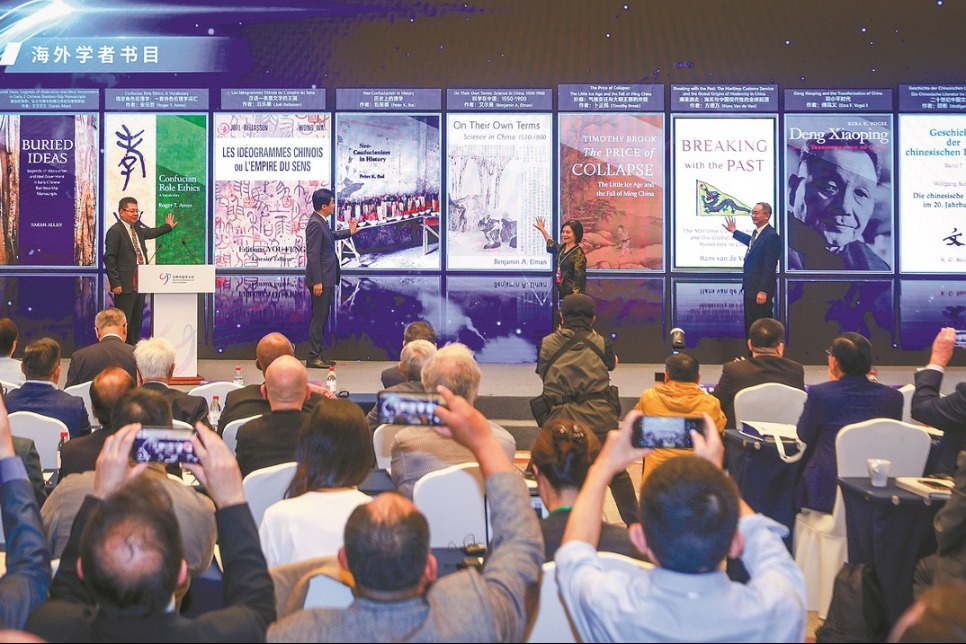Rich history, culture keep visitors coming back
Lanzhou getting to business after COVID-19
By YUAN SHENGGAO | CHINA DAILY | Updated: 2020-09-23 08:34

With tourism in Lanzhou fast recovering from the COVID-19 pandemic, more and more visitors are discovering the natural beauty, rich history and culture of the capital of Northwest China's Gansu province.

Data from the China's Ministry of Culture and Tourism show that the number of tourists and total income of rural tourism in July and August recovered to more than 90 percent of those of the same period in previous years.
The city's more than 2,000 years of history has seen it play an important role in the ancient Silk Road and in today's Belt and Road Initiative, meaning that Lanzhou has always attracted people from afar.

The Yellow River is one of the city's iconic natural features and brings with it rich cultural heritage an icons of infrastructure such as the Zhongshan Bridge, the first bridge in the world to cross the Yellow River, as well as Baimalang, the place where Tang Dynasty (618-907) monk Xuanzang headed to the West.
A lot of Lanzhou's rich culture is concentrated in the Gansu Provincial Museum, which is a popular attraction in the city.
At the museum can be found the well-known Matafeiyan, a bronze galloping horse's hoof stepping on a flying swallow, unearthed from the Leitai Tomb of the Eastern Han Dynasty (25-220) in Wuwei county in Gansu, and the brick mural Poster Map, the symbol of China's postal service.

As well as the Yellow River, Lanzhou's striking danxia sandstone landforms stretching for hundreds of miles, where close by for centuries diverse ethnic groups have lived, including Han, Hui, Tibetan, Mongolian, Yugur, Dongxiang, and Salar.
With such a diversity of ethnic groups, Lanzhou is equally diverse in terms of cultural heritage, such as Lanzhou Guzi and Lanzhou waterwheels--both listed as intangible cultural heritage.
The ancient town of Qingcheng, located at the southern end of Qixia gorge of the Yellow River, is an epicenter for such folk art.

Perhaps Lanzhou's most iconic offering to the world, however, is its hand-pulled beef noodles, a dish which can be found throughout China and the world.
Tempted, not necessarily by the fragrant aroma of beef noodles, but by Lanzhou's fertile investment environment, businesses around the world are knocking on the door.

The opening of the Baolan Railway marked the "last mile" of China's high-speed rail crossing from east to west, allowing Lanzhou to be integrated into the national network.
On June 23 this year, Lanzhou opened Metro Line 1, the country's first rail transit line that crosses the Yellow River. In 2015, Lanzhou won the Today's Reform and Progress Award at the Paris World Climate Conference. It has been selected twice as one of the top 10 summer tourist cities in China and is known as the "Summer Palace on the Silk Road".

























